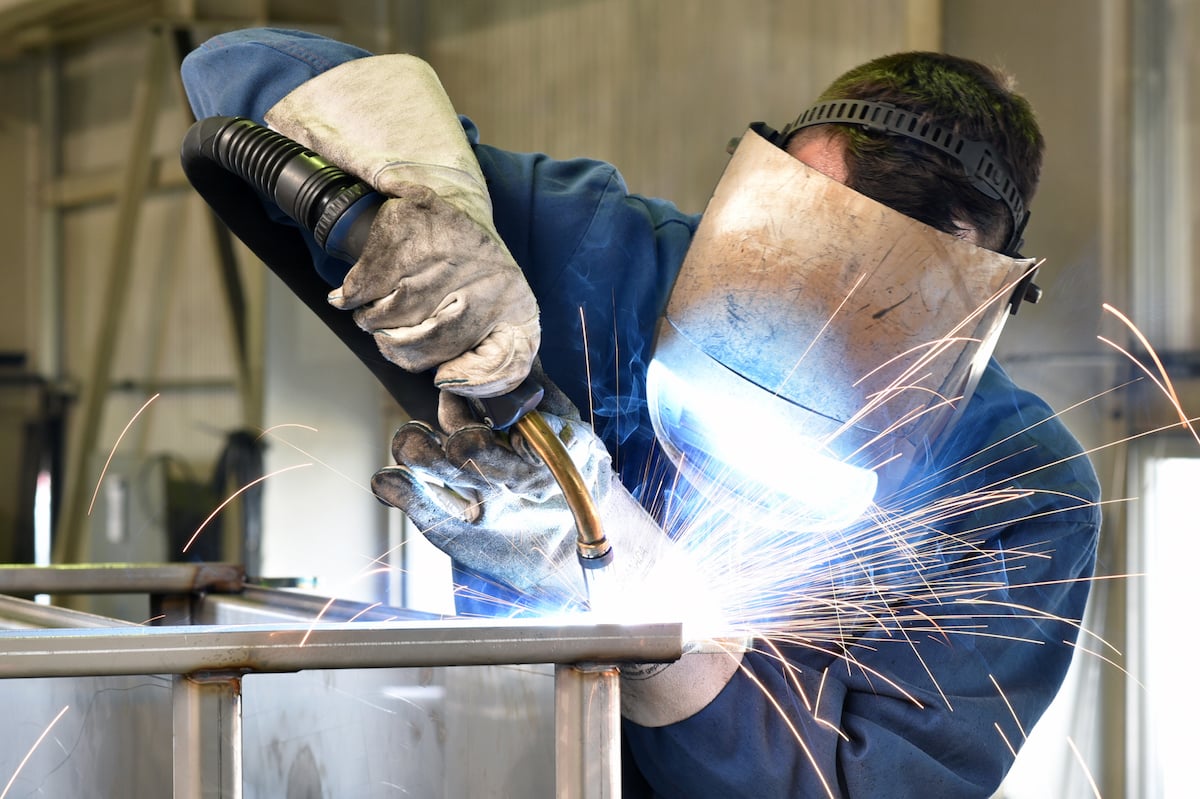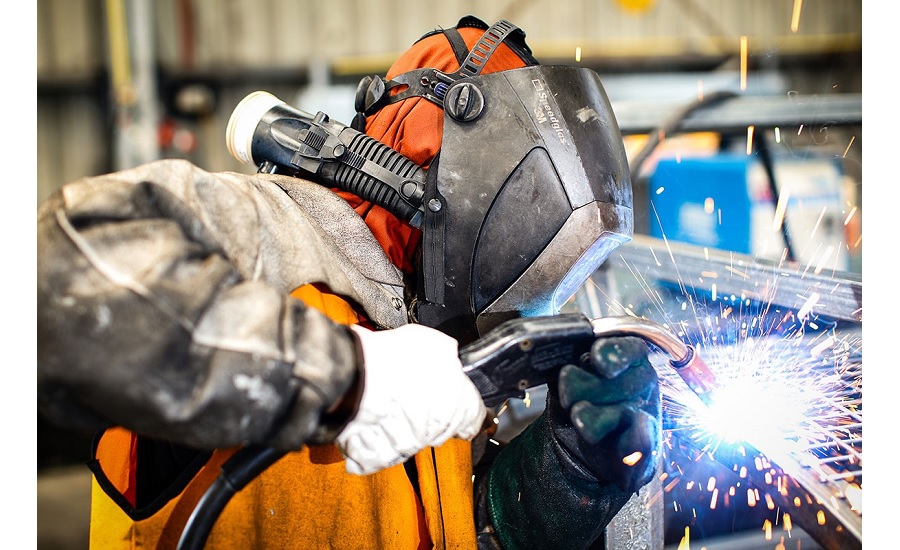The Ultimate Overview to Welding WPS Procedures: A Comprehensive Overview for Welders
In the elaborate globe of welding, Welding Procedure Specs (WPS) offer as the backbone of guaranteeing quality, consistency, and safety and security in welding operations (welding WPS). As we delve right into the different elements of a WPS and discover the details of credentials and accreditation, we will reveal the essential function these treatments play in the world of welding.
Value of WPS Procedures
Comprehending the value of Welding Treatment Requirements (WPS) procedures is vital for guaranteeing the quality and honesty of bonded frameworks. WPS procedures function as a roadmap for welders, laying out the essential steps, criteria, and materials needed to attain a sound weld. By sticking to WPS standards, welders can guarantee consistency in their job, resulting in structurally sound and trusted welds.
One of the key reasons why WPS procedures are essential is their duty in maintaining weld quality and stability. Following the specified welding parameters and techniques detailed in the WPS helps prevent flaws such as porosity, splitting, or incomplete blend, which can jeopardize the strength and durability of the weld.

Components of a WPS
A Welding Treatment Specification (WPS) usually comprises important elements that detail the details needs for performing a weld, ensuring consistency and top quality in the welding process. The key components of a WPS include important variables such as base metals, filler steels, interpass and preheat temperature levels, welding procedures, protecting gases, welding placements, and post-weld warm treatment requirements.
Base steels refer to the materials being signed up with, while filler metals are utilized to fill the gap between the base steels throughout welding. Preheat and interpass temperature levels are crucial for controlling the heat input and protecting against issues like fracturing or distortion. The welding procedure describes the details strategy to be used, whether it's gas metal arc welding (GMAW), shielded metal arc welding (SMAW), or another technique. Securing gases secure the weld pool from climatic contamination. Welding settings specify the positionings in which welding can be performed. Post-weld warm therapy might be needed to eliminate tensions and enhance the weld's residential properties. An extensive understanding of these components is vital for developing a comprehensive and effective WPS.

Credentials and Certification
Having developed the important elements of a Welding Treatment Requirements (WPS), the emphasis currently changes towards the vital facets of credentials and qualification in welding practices.

Accreditation, on the other hand, is the formal recognition of a welder's certifications by an appropriate qualification body or organization. Welding qualifications are generally based on the details welding processes, products, and positions a welder is certified to deal with. Holding a legitimate welding qualification demonstrates that a welder satisfies sector standards and is competent to perform welding jobs to the required specs.
Creating a WPS
To develop a Welding Treatment Requirements (WPS) that meets market criteria, mindful consideration of welding procedures, products, and functional criteria is crucial. The first action in creating a WPS is to determine the welding procedure to be used, such as gas metal arc welding (GMAW) or shielded metal arc welding (SMAW)

Executing and Monitoring WPS
Upon settling the thorough Welding Procedure Requirements (WPS) that carefully details welding procedures, products, functional specifications, and high quality guarantee steps, the focus changes to successfully applying and checking the established procedures. Application involves ensuring that all welders associated with the job know why not find out more with the WPS and follow it meticulously throughout the welding procedure. This calls for providing site link sufficient training and guidance to guarantee adherence to the specified treatments. Monitoring the WPS includes constant oversight to confirm that welding activities straighten with the recorded specs. Evaluations, testing, and quality control steps are important parts of the tracking procedure to recognize any kind of deviations or concerns without delay. Routine audits and reviews of the welding treatments assist in preserving consistency and top quality throughout the job. Efficient execution and tracking of the WPS are essential for ensuring the integrity, strength, and security of the bonded joints, ultimately adding to the total success of the welding project.
Conclusion
To conclude, understanding and adhering to Welding Treatment Requirements (WPS) is crucial for welders to make sure high quality, consistency, and security in their job. By recognizing the elements of a WPS, acquiring appropriate credentials and certifications, producing in-depth treatments, and executing and checking them successfully, welders can boost their abilities and efficiency in welding methods. Sticking to WPS treatments is vital for producing premium welds this contact form and conference industry standards.
In the detailed world of welding, Welding Treatment Requirements (WPS) offer as the backbone of making sure high quality, consistency, and safety and security in welding operations. The welding process lays out the particular method to be utilized, whether it's gas metal arc welding (GMAW), protected steel arc welding (SMAW), or one more approach.To develop a Welding Procedure Spec (WPS) that satisfies sector criteria, cautious consideration of welding processes, materials, and functional parameters is vital. The very first step in developing a WPS is to recognize the welding process to be utilized, such as gas metal arc welding (GMAW) or protected metal arc welding (SMAW)Upon finalizing the detailed Welding Procedure Spec (WPS) that thoroughly details welding processes, materials, functional specifications, and quality assurance steps, the focus moves to successfully executing and keeping track of the established treatments.